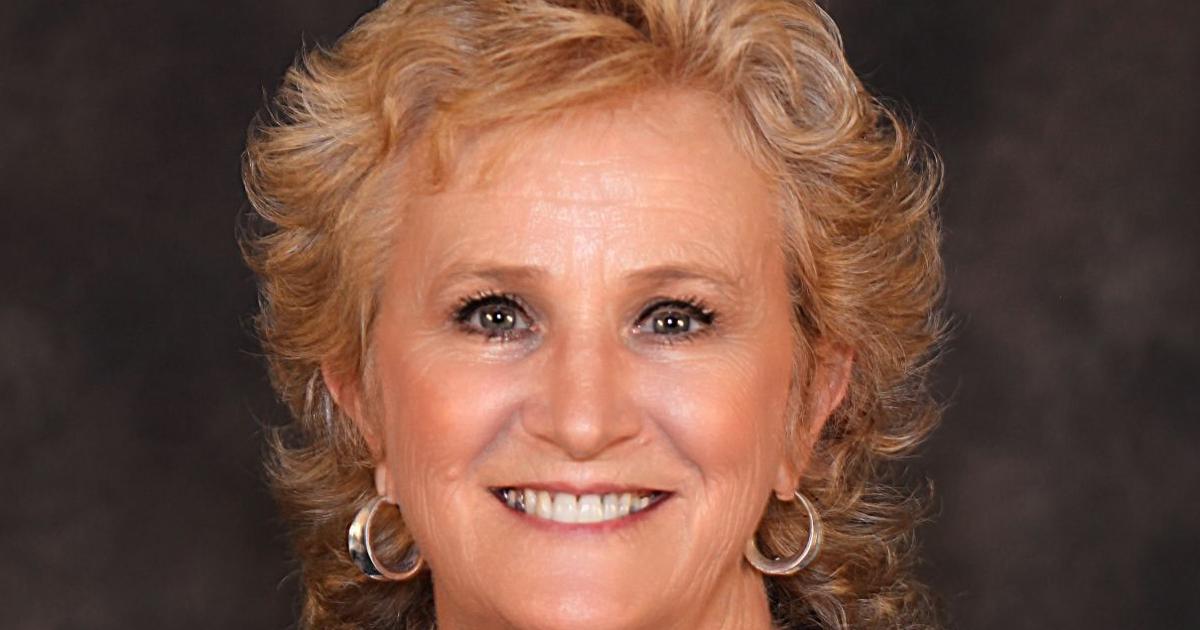Osteoporosis, often referred to as the “silent disease,” poses a significant health risk to older adults, leading to an increased likelihood of fractures and other complications. The condition, which weakens bones, is particularly prevalent among individuals aged 65 and older.
Day Egusquiza, president and founder of the Patient Financial Navigator Foundation Inc., emphasizes the importance of raising awareness about osteoporosis. Founded in 2017 in Idaho, the foundation aims to provide resources and support for patients navigating healthcare financial challenges. Their website, PFNFinc.com, offers a wealth of historical articles and educational materials that address various health topics, including osteoporosis.
As the population ages, understanding the implications of osteoporosis becomes increasingly critical. According to the National Osteoporosis Foundation, approximately 10 million Americans aged 50 and older suffer from osteoporosis, while another 44 million have low bone density, placing them at a higher risk for the disease.
The Importance of Early Detection
Early detection and intervention can significantly alter the course of osteoporosis. Regular screening and bone density tests are essential, particularly for those with risk factors such as family history, hormonal changes, or prolonged use of certain medications.
Egusquiza stresses the need for healthcare professionals to educate patients about the disease and its consequences. “Many individuals are unaware of their bone health until they experience a fracture,” he notes. The foundation advocates for increased awareness and preventative measures that can mitigate the risks associated with osteoporosis.
Lifestyle choices play a vital role in bone health. Engaging in weight-bearing exercises, maintaining a balanced diet rich in calcium and vitamin D, and avoiding tobacco and excessive alcohol consumption can help strengthen bones.
Community Support and Resources
The Patient Financial Navigator Foundation also serves as a vital resource for individuals seeking guidance on healthcare costs associated with osteoporosis treatment. Understanding insurance coverage, medication prices, and potential financial aid can alleviate the burden on patients and their families.
Individuals interested in learning more about osteoporosis or contributing to the discussion can reach out to Egusquiza at 208-423-9036 or submit topics for the foundation’s “Healthcare Buzz” newsletter at [email protected].
As the prevalence of osteoporosis continues to rise, the importance of awareness and education cannot be overstated. With resources like the Patient Financial Navigator Foundation, individuals can become better equipped to manage their bone health and reduce the risks associated with this silent disease.
